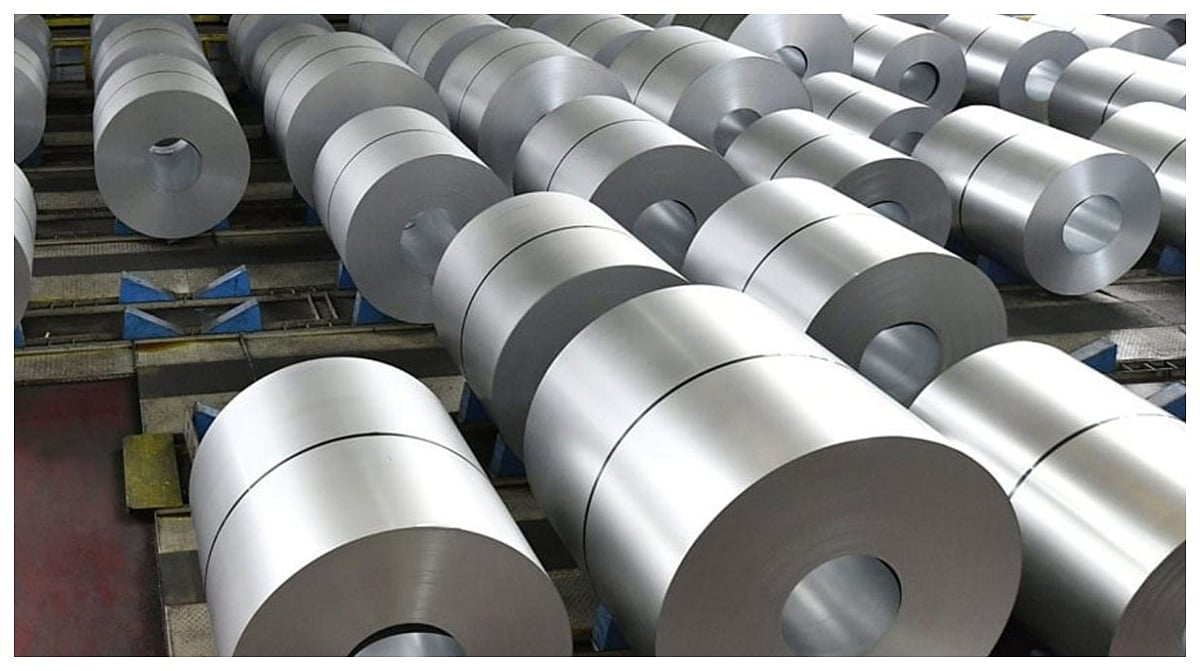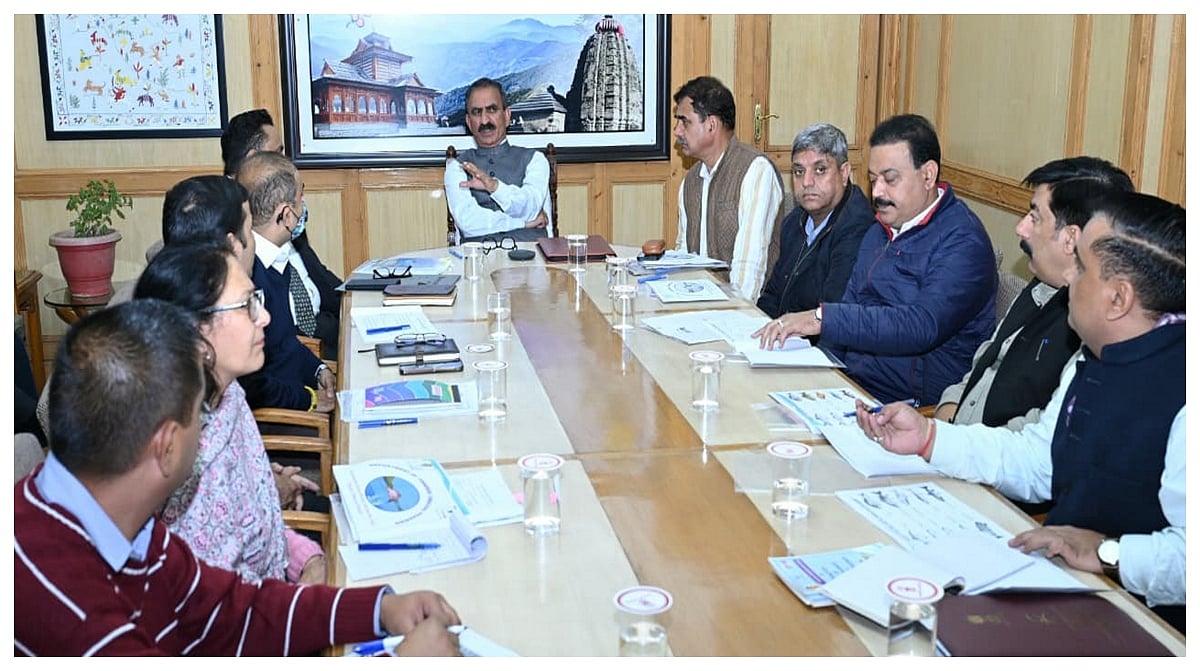Deva Kumar (name changed), a 13-year-old boy from Gaya district in Bihar, was offered job in a bangle factory in Hyderabad. The employer promised that he would be sending Rs 4000 per month to his family. Deva left for Hyderabad. Months went on. But Deva’s family did not receive a penny. After six months, Deva called his father saying he was made to work 16-18 hours a day all seven days a week. He was beaten badly if he dozed off in the dead of night. Realising Deva had been forced into child labour, his father, Ramesh Paswan, a daily wage labourer, visited a police station in Gaya to register a case against the trafficker. The police refused to register the FIR against the human trafficker. Paswan had to struggle for two months to get the case registered. He reached out to lawyer-turned-child rights activist Neeraj Kumar Kashyap, who went to the police station with him.
An FIR was finally registered last year on June 12 — which is marked as World Day Against Child Labour. The latest census 2011, although quite old, says that the number of working children in India in the age group 5-14 years is 10.1 million of which 5.6 million are boys and 4.5 million are girls. Child trafficking, both for sex and labour, is a horrific crime plagued by poor statistics. The official number, though high, hardly bares the true extent of the problem. Moreover, the numbers of rescues are dismal. According to the National Crime Records Bureau, 2021, there were 2691 children rescued.
In law, child labour is prohibited. Yet, it continues to thrive. Across the country, there are a few sectors noted for high child labour employment: bangle factories, brick kilns, carpet weaving, domestic service, agriculture, fisheries and mining. Some sectors primarily engage children; others are largely dependent on them. Such sectors fuel demand for children. The demands are met with trafficked children.
The trafficked children are sent to the sectors spread across the country, and in some cases to neighbouring countries. Bihar, Rajasthan, Uttar Pradesh, Madhya Pradesh and Maharashtra are main states in the country where child labour is present.
The number of children in child labour has risen to 160 million worldwide – an increase of 8.4 million children in the last four years – with millions more at risk due to the impacts of COVID-19, according to a new report by the International Labour Organization (ILO) and UNICEF released in 2021.
The trafficked children invariably belong to the under-privileged sections of the society. It is both a cause and consequence of poverty. Human traffickers give false hope to the parents for their children’s future before trafficking them.
Vijay Kewat, who works with a Bihar based organisation- that works on combating child labour, said that human traffickers target the children of the most underprivileged sections, and children who do not go to the school are their prime target. “At least 601 of 610 who were rescued from bangle factories in Hyderabad and Jaipur were school drop outs, and none of them had transitioned to middle class from primary.”
Kewat’s organisation is currently working on rebuilding the lives of over 900 child labour survivors. He said that “by the time of rescue, child labourers have lost months or years at the workplace do not get admitted into the age- specific classes. “The rescued children are admitted into primary classes whereas other children of their ages study in the middle or secondary classes. This triggers a second drop out phenomenon. They grow up uneducated.”
I've worked in the anti-trafficking space for over 20 years. Last month, I spoke to parents of nine rescued children. They said sending children to a government school is a waste of time and they cannot afford private schools. That is why they send them to work instead. Deva’s father, Ramesh Paswan is one such parent. At 13, Deva was a school dropout when he was trafficked.
Today, Deva’s FIR turns one. The progress on this case shows everything that needs fixing if we’re looking to solve the problem of child labour.
Deva had come back with a broken neck. Other children who returned with him had injuries and cut marks all over their bodies. Before setting them free, the trafficker and his goons had beaten them. The local hospital had to send them to the district government hospital where they received treatment for five days before going home.
Still, their trafficker, Jaidun, was at large two months after the registration of the FIR. The FIR in question highlights a bunch of issues — one, registering an FIR against a human trafficker by the victim of the parents is an uphill task. Second, even after registration of the case, the police do not take the case of human trafficking seriously, in this case police did not go to Hyderabad to rescue them. Third, no compensation, by any government agencies, has been received by the child trafficking survivor even after the passing of a year. In the absence of any support from the government rehabilitation becomes difficult.
Child labour is basically a demand-driven problem. The demands are met by the children of the most underprivileged sections or children experiencing difficult circumstances. The crime of child labour should be seen through the lens of organised crime by the police who should not oppose resistance in registering the case, rather police should work proactively. Government social protection systems are essential to fight poverty and vulnerability to prevent child labour.
After Deva’s FIR, two more FIRs were lodged by the parents from the same village whose children were trafficked to Hyderabad to work in bangle factories. Thirteen children came back, one of them dead. Both the FIRs were lodged with the support of Neeraj Kumar Kashyap who spent whole night at the police station.
There are around 1000 children trafficked from Gaya and transported to Hyderabad to engage in bangle factories, Kashyap said.
The police have not visited Hyderabad, so far, to bust the racket and rescue the children enslaved in bangle factories.
However, after the new set of FIRs, two more human traffickers were arrested.
Jaidun was arrested after two months. He has been in the jail for over ten months. His bail applications were turned down in the courts in Gaya. He has moved to Patna High Court for the bail. On May 23, 2023, his minor son, on the tipoff by Neeraj Kumar Kashyap, was apprehended by the police when he was transporting eight trafficked children to Jharkhand.
It shows how much money human traffickers make. With annual profit as high as $ 150 billion, it is the world’s third largest and most profitable crime industry after illicit drugs and arms trafficking, says an international study.
Suresh Kumar is the author of 'Child Trafficking: The Fight For Freedom'









